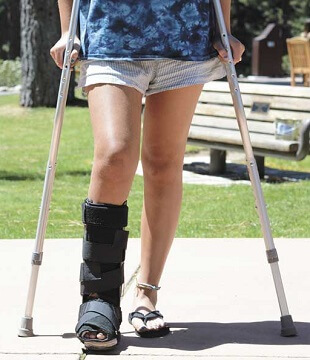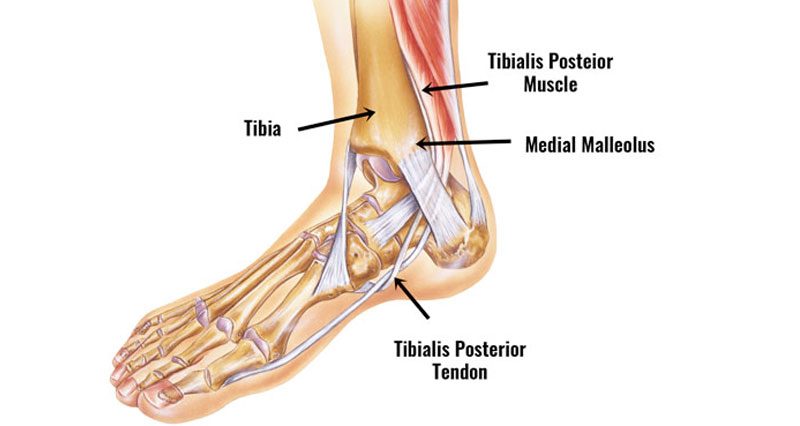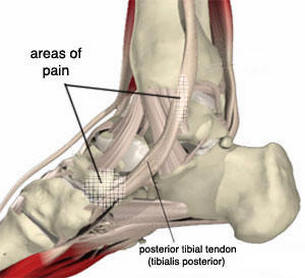Pttd Surgery | This video takes you through from week 2 to week 14. The posterior tibial tendon, located in the ankle, is one of the most important tendons of the foot and ankle, offering structural support and a range of motion for the foot. Taking this into consideration we limited our treatment to bony realignment by a lengthening calcaneus evans osteotomy and tendon balancing. Back when i first stood up from the couch and heard a pop, the pop came from a piece of bone breaking. Post operative pain is usually worst in the first 24 to 48 hours and is usually controlled well by nerve blocks given at the time of surgery or with morphine based medications.
This results in flattening of the foot. The superficial blood supply is fragile, requiring a delicate touch to prevent problems with wound healing. Apparently, the flat foot surgery lasted six and a half hours! It gives complete pain relief that lasts for 12 to 36 hours. Most patients can be treated without surgery, using orthotics and braces.

Post operative pain is usually worst in the first 24 to 48 hours and is usually controlled well by nerve blocks given at the time of surgery or with morphine based medications. I had the full works done on my foot. I then had muscle spasms and they The surgery on my right foot went beautifully. The most common reason to have posterior tendon surgery is to correct pain and limited walking ability due to acquired flatfoot deformity. The superficial blood supply is fragile, requiring a delicate touch to prevent problems with wound healing. But for me, it was like i was in a time capsule, because it felt like it was over very fast! If left untreated, it can become more serious and may even require surgery. Surgical treatment may include repairing the tendon, realigning the bones of the foot, or both. This video takes you through from week 2 to week 14. Although superficial in anatomic location, various critical neurovascular structures exist in close proximity. Today is january 24th 2012. I decided it would be a good idea to keep an ongoing list of what all i have learned along the way.
Posterior tibialis tendon surgery is a way to fix the tendon on the back of your calf that goes down the inside part of your ankle. Tendon repair is done to bring back normal movement to a joint. Yesterday i had the surgery for the pttd. Taking this into consideration we limited our treatment to bony realignment by a lengthening calcaneus evans osteotomy and tendon balancing. This results in flattening of the foot.

This tendon is particularly susceptible to developing tendonitis due to its frequent use. I had repair of the posterior tibial tendon with a tendon graft, repair spring ligament, calcaneal slide osteotomy (moving heal), cotton osteotomy and my achillese tendon was lengthened. The posterior tibial tendon serves as one of the major supporting structures of the foot, helping it to function while walking. I plan on updating it as i go…and undoubtedly repeating many things that have already been posted on sites like this. The posterior tibial tendon serves as one of the major supporting structures of the foot, helping it to function while walking. Posterior tibialis tendon surgery is a way to fix the tendon on the back of your calf that goes down the inside part of your ankle. Surgical treatment may include repairing the tendon, realigning the bones of the foot, or both. I had pttd surgery on 08/10/2010. Surgery might be as simple as removing the inflamed tissue or repairing a simple tear. A stage iii or iv patient with a low activity level. Although superficial in anatomic location, various critical neurovascular structures exist in close proximity. The surgery on my right foot went beautifully. Yesterday i had the surgery for the pttd.
Your podiatrist is the best person to determine the correct course of treatment. If left untreated, it can become more serious and may even require surgery. Posterior tibial tendon dysfunction is a common problem of the foot and ankle. Tendon injury may occur anywhere in the body where there are tendons. Tendon repair is done to bring back normal movement to a joint.

Though i learned #1 and #2 much later in the process, i think they quite possibly might be the most important lesson learned out of all of them. It occurs when the posterior tibial tendon becomes inflamed or torn. Surgery of the achilles and posterior tibial tendons requires finesse to achieve optimal function. The most common reason to have posterior tendon surgery is to correct pain and limited walking ability due to acquired flatfoot deformity. For some advanced cases, surgery may be the only option. Pttd is typically described as having four stages. The posterior tibialis tendon is a strong cord of tissue. Back when i first stood up from the couch and heard a pop, the pop came from a piece of bone breaking. The surgery turned out to be helpful and get me back to walking again. Surgery is only necessary if other methods don't work or if the pttd has progressed to the point where surgery is the only option. Most patients can be treated without surgery, using orthotics and braces. After reading my blog, someone else who was thinking of getting a pttd surgery was put more at ease, after we spoke back and forth. I decided it would be a good idea to keep an ongoing list of what all i have learned along the way.
A surgeon can do a few different types of surgery to fix this tendon ptt. The decision to offer surgery for stage ii posterior tibial tendon deficiency (pttd) is a difficult one since orthotic treatment has been documented to be a viable alternative to surgery at this stage.
Pttd Surgery: The posterior tibial tendon serves as one of the major supporting structures of the foot, helping it to function while walking.
EmoticonEmoticon